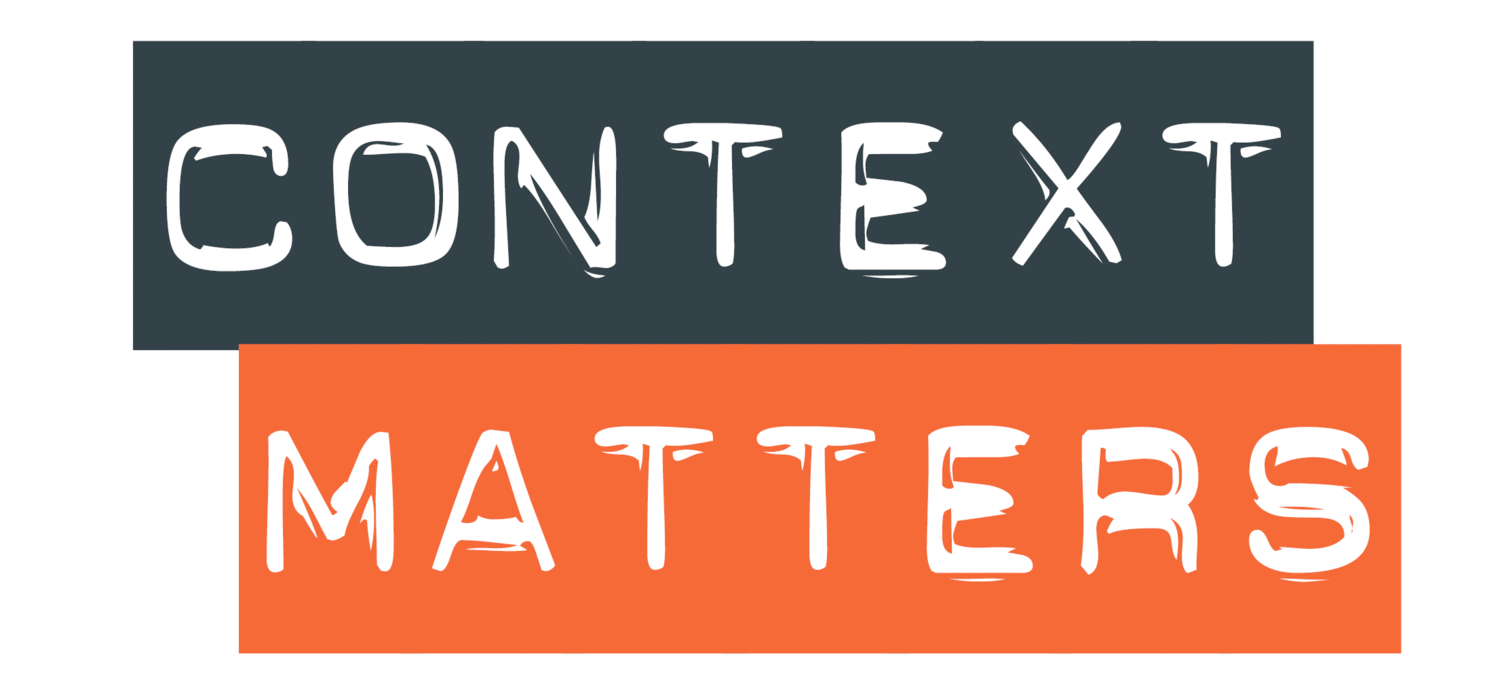Learning Activity 4:
Context of Influencing Societal Change
"Each time someone stands up for an ideal, or acts to improve the lot of others, or strikes out against injustice, he sends forth a tiny ripple of hope." - Robert F. Kennedy
"Men make history, and not the other way around. In periods where there is no leadership, society stands still. Progress occurs when courageous, skillful leaders seize the opportunity to change things for the better." - Harry S. Truman
Overview
 Change requires a great deal of flexibility and the ability to adapt. Nurses act both as change agents and as supporters/advocates who assist people to adapt to the myriad of changes that affect their lives. They also participate in influencing social and organizational change on many levels. Entire nursing theories have been based on this adaptation, for instance the Roy Model created by Sister Callistra Roy. The entire theory of evolution is based on this premise as well.
Change requires a great deal of flexibility and the ability to adapt. Nurses act both as change agents and as supporters/advocates who assist people to adapt to the myriad of changes that affect their lives. They also participate in influencing social and organizational change on many levels. Entire nursing theories have been based on this adaptation, for instance the Roy Model created by Sister Callistra Roy. The entire theory of evolution is based on this premise as well.
Historically, our health care system has responded to the changing needs of society. For example, public health boards and quarantine practices prior to Confederation (1867) were initiated in response to epidemics of infectious diseases introduced by colonization. Organizations such as the Victorian Order of Nurses and the Red Cross were developed in response to industrialization and the consequent shift away from close community and family networks. The current wave of health care reform has initiated a focus on primary health care as the foundation of the twenty-first century Canadian health care system.

Basically, primary health care is 24 hours a day, 7 days a week, accessible, quality care offered by multidisciplinary coordinated teams of health care professionals. Front-line professionals focus on health promotion, chronic illness management, and the prevention of illness and injury in a collaborative and cost-effective way. Basic principles of primary health care include: accessibility, public participation, health promotion, appropriate technology, and intersectoral cooperation.
Societal and health care system changes have a profound effect on nursing. Internal changes within the profession itself also promote change within the practice and roles of Canadian nursing. Nursing is now practiced in the context of bureaucratic milieu filled with critical internal and external change. In order to successfully practice nursing in Canada, it is necessary to equip yourself with the knowledge and skills to function effectively within an ever - changing environment.
Ends In View
This learning activity is intended to provide learners with the opportunity to:- Explore the context and effects of change in the Canadian health care system, in the health of Canadians, and in the profession of Nursing.
- Examine their own knowledge and skill needs to function within the ever changing context of the Canadian healthcare system.
In Practice
1. Participate in class discussion related to the multitude of changes evident in the Canadian Health care system, with emphasis on the BC system. Think of a major change that you have experienced repercussions from first hand during your nursing education. Dialogue about the effect this change had on your ability to provide high quality care, the effects on clients involved, and on the health care team members involved. Share your insights with the class.
2. The CPRN paper attributes great significance to the Lalonde Report and its influence on shaping Canadian health policy. How has this report also shaped the context of healthcare? How has it influenced the context of nursing practice in particular?
In small groups, brainstorm how the information given on organizational culture help to shape the context of nursing practice. Tie in this article with the context described in the CIHI, CPRN and CNA (Haines) reports. Create a table, case scenerio, or graphic model to illustrate your thoughts and insights and share with the class.
In Reflection
1. In what contexts does change affect you as you engage in Nursing practice ?
2. What predictions for nursing do you have that relate to the changes in the health system?
3. What professional development do you require to be able to practice in the primary health care environment?
References
Canadian Institute for Health Information (2009). Health Care in Canada: 2009. Ottawa. - Chapter 4: Access.Canadian Policy Research Network. (2000). The Health Field Concept Then and Now: Snapshots of Canada. Ottawa.
Haines, J. (1993). Leading in a Time of Change: The Challenge for the Nursing Profession. Canadian Nurses Association
 IN PREPARATION:
IN PREPARATION: